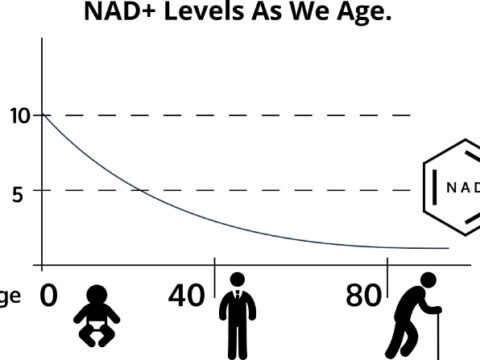Weight training is often associated with building muscle and increasing strength, but it also has significant cardio benefits. In this article, we will discuss how weight training can improve cardiovascular health, the different types of weight training that offer cardio benefits, and the best practices for incorporating weight training into a cardio routine.
How Weight Training Improves Cardiovascular Health: Weight training can improve cardiovascular health in several ways. First, it increases muscle mass, which in turn increases the amount of oxygen the body can use. This can lead to improved endurance and a decrease in fatigue during cardio exercise.
Weight training also increases the number of capillaries in the muscles, which allows for better blood flow and oxygen delivery to the muscles. This can lead to improved endurance and a decrease in fatigue during cardio exercise.
Additionally, weight training can increase the number of mitochondria in the muscles, which are responsible for producing energy. This can lead to improved endurance and a decrease in fatigue during cardio exercise.
Weight training can also lower blood pressure and improve heart health. A study by the American College of Sports Medicine found that weight training for as little as 20 minutes, three times a week, can significantly lower blood pressure in individuals with hypertension.
Types of Weight Training that Offer Cardio Benefits: There are several types of weight training that offer cardio benefits, including circuit training, high-intensity interval training (HIIT), and compound exercises.
Circuit training involves performing a series of exercises in a row, with little to no rest in between. This type of weight training is great for cardio benefits because it keeps the heart rate elevated and the body working hard.
HIIT is a type of weight training that involves short bursts of high-intensity exercise, followed by a period of rest or low-intensity exercise. This type of weight training is great for cardio benefits because it keeps the heart rate elevated and the body working hard.
Compound exercises involve multiple muscle groups working together. These exercises are great for cardio benefits because they work the entire body, rather than just one muscle group. Examples of compound exercises include squats, deadlifts, and pull-ups.
Best Practices for Incorporating Weight Training into a Cardio Routine: To get the most cardio benefits from weight training, it is important to incorporate weight training into a cardio routine. This can be done by performing weight training exercises in between cardio exercises, or by performing weight training exercises at a higher intensity or for a longer duration.
It is also important to vary your weight training exercises to keep your body challenged and your heart rate elevated. This can be done by switching up the exercises you perform, the weight you use, or the number of reps you perform.
Additionally, it is important to maintain proper form while performing weight training exercises to prevent injury and ensure that you are getting the most cardio benefits.
Conclusion: Weight training is often associated with building muscle and increasing strength, but it also has significant cardio benefits. Weight training can improve cardiovascular health in several ways, including increasing muscle mass, improving blood flow, and increasing the number of mitochondria in the muscles. The different types of weight training that offer cardio benefits include circuit training, high-intensity interval training, and compound exercises. To get the most cardio benefits from weight training, it is important to incorporate weight training into a cardio routine, vary your weight training exercises, and maintain proper form while performing exercises. With the right use of weight training, you can effectively improve your cardiovascular health, and achieve your fitness goals.








